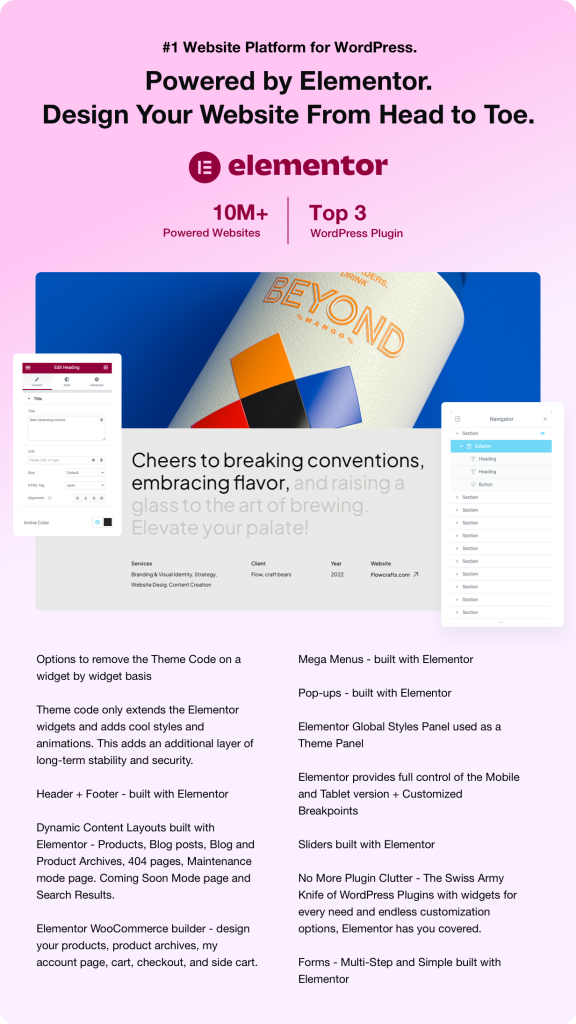The rapid evolution of technology has paved the way for Artificial Intelligence Operating Systems (AIOS) to take center stage in various applications, especially within the realm of smart homes. These systems are not only changing the way we interact with technology but also enhancing our living environments. As technology advances, understanding scalable AIOS and their applications in smart homes becomes crucial. This article delves into the current landscape of AI operating systems, their scalability, and the implications for smart home automation.
.
**Understanding AI Operating Systems (AIOS)**
At its core, an AI Operating System (AIOS) is a software framework that enables AI-driven applications to operate effectively on various devices and platforms. Traditionally, operating systems like Windows, macOS, and Linux provide a foundation for software applications, but AIOS elevates this concept by incorporating advanced machine learning algorithms and natural language processing capabilities. These features empower devices with the ability to learn from user interactions, adapt to individual preferences, and perform tasks autonomously.
.
The rise of AIOS is particularly significant considering the increasing connectivity of devices within the Internet of Things (IoT) ecosystem. As homes become smarter, the demand for seamless interaction between different devices is growing. The integrative capabilities of AIOS allow for the aggregation of data from multiple sources, generating insights that enhance the user experience.
.
**The Power of Scalable AIOS**
Scalability is a pivotal characteristic of AIOS, underpinning their potential for widespread adoption. A scalable AIOS can manage an increasing number of devices and interconnected systems without compromising performance. This is essential for creating smart homes that not only accommodate numerous gadgets but also adapt to the evolving needs of homeowners.
.
Scalable AIOS achieves this through modular architecture, enabling developers to build applications that can integrate seamlessly with existing systems. For instance, homeowners can start with basic devices such as smart bulbs and gradually expand their ecosystem to include smart thermostats, security cameras, and voice assistants. The modularity of scalable AIOS allows for this progressive integration, making it easier for users to enhance their home environment over time.
.
Another critical aspect of scalability is the ability to process massive datasets. Smart homes generate vast amounts of data from various devices, and a scalable AIOS can analyze and interpret this information efficiently. This capability is essential for delivering personalized experiences, optimizing energy consumption, and improving overall system performance.
.
**AIOS for Smart Homes: Revolutionizing Daily Life**
As the demand for smarter living grows, the application of AIOS in smart homes reflects a significant step forward. From intelligent assistants to energy management systems, AIOS provides the foundation for a plethora of innovative solutions designed to streamline daily activities.
.
One prominent application of AIOS in smart homes is the development of voice-activated virtual assistants. These systems, like Amazon’s Alexa and Google Assistant, leverage AIOS to enable users to control various smart devices using simple voice commands. Users can adjust lighting, set thermostats, and even control home security systems without lifting a finger. This level of automation not only enhances convenience but also represents a shift towards more intuitive interaction with technology.
.
Furthermore, AIOS enhances energy management in smart homes. Systems like Nest and Ecobee analyze data regarding user behavior and environmental conditions to optimize heating and cooling schedules. By learning when homeowners are typically present or away, these AIOS-driven systems contribute to significant energy savings while reducing the home’s carbon footprint.
.
**Trends Shaping AIOS and Smart Homes**
To understand the trajectory of AIOS in smart homes, we must look at the prevailing trends shaping this space.
.
1. **Interoperability**: One of the main challenges in the smart home ecosystem is the fragmentation of devices. Scalable AIOS are increasingly focusing on interoperability, allowing devices from different manufacturers to communicate seamlessly. This capability is crucial for homeowners who wish to integrate various smart devices into a single cohesive system.
.
2. **Privacy and Security**: With the proliferation of smart devices comes heightened concerns surrounding data privacy and security. AIOS providers are implementing advanced security measures, such as end-to-end encryption and user identity verification processes, to protect sensitive information and maintain user trust.
.
3. **User-Centric Design**: As the market grows, AIOS developers are focusing on enhancing the user experience. This trend includes simplifying the setup process for smart devices, providing intuitive interfaces, and offering real-time feedback to improve user engagement.
.
4. **Edge Computing**: The increasing complexity of smart home systems requires efficient data processing. Edge computing, which enables data processing to occur closer to the source (i.e., the smart device), is becoming integral to AIOS development. This approach reduces latency, enhances system responsiveness, and decreases the load on cloud servers.
.
**Industry Insights: Major Players in AIOS Development**
Several companies are at the forefront of developing robust AI operating systems for smart homes. Understanding their contributions can provide valuable insights into the industry landscape.
.
1. **Google**: Google’s Nest platform exemplifies how AIOS can enhance home automation. Nest integrates smart thermostats, cameras, and security systems using advanced AI algorithms that adapt to user behavior and environmental changes.
.
2. **Amazon**: Through its Alexa platform, Amazon has set a precedent for voice-activated control in smart homes. The Alexa Skills Kit allows third-party developers to create applications, promoting a diverse ecosystem of compatible smart devices.
.
3. **Apple**: Apple’s HomeKit framework prioritizes security and privacy while enabling seamless integration of a wide array of smart devices. The company’s focus on design and user-centric approaches has made HomeKit a popular choice for consumers seeking a streamlined experience.
.
4. **Samsung**: With SmartThings, Samsung provides users the ability to manage various devices from a central hub. The system leverages advanced AI features to automate routine tasks, ultimately enhancing convenience for homeowners.
.
**Industry Use Case: Home Automation and Energy Efficiency**
Consider a typical scenario involving a family with a smart home equipped with various AIOS-powered devices. In the morning, the smart thermostat adjusts the temperature based on the family’s waking patterns, while smart blinds open to let in natural light. As family members leave for work, the security system activates, and the lights turn off automatically to conserve energy.
.
Throughout the day, the AIOS processes data from energy usage patterns and weather forecasts, optimizing for energy efficiency. In the evening, as family members return home, the AIOS adjusts lighting levels and creates a comfortable ambiance based on individual preferences.
.
This example illustrates not only the convenience offered by AIOS but also the tangible benefits associated with energy efficiency and automation. The integration of various systems and devices creates a harmonious and responsive living environment that caters to the needs of its occupants.
.
**Conclusion: Embracing the Smart Future with AIOS**
As we move towards an increasingly interconnected future, the integration of AI operating systems in smart homes is transforming our daily lives. The scalability provided by advanced AIOS enhances the capability to manage multiple devices and create personalized experiences. As technology firms continue to innovate and address challenges in interoperability, privacy, and user experience, the full potential of AIOS in smart homes will undoubtedly be realized.
.
With the continuous advancements in AI and IoT technologies, embracing AIOS for smart homes is not just a trend—it’s the future of living. The solutions provided by AIOS will shape how we interact with our surroundings, promoting convenience, efficiency, and sustainability in our everyday lives.



















